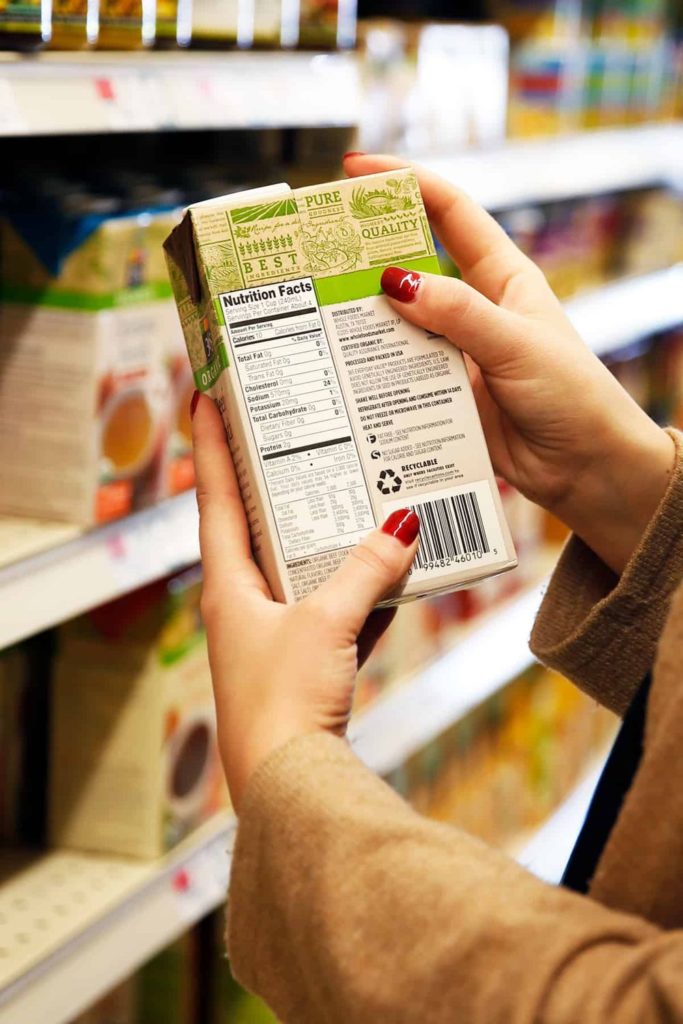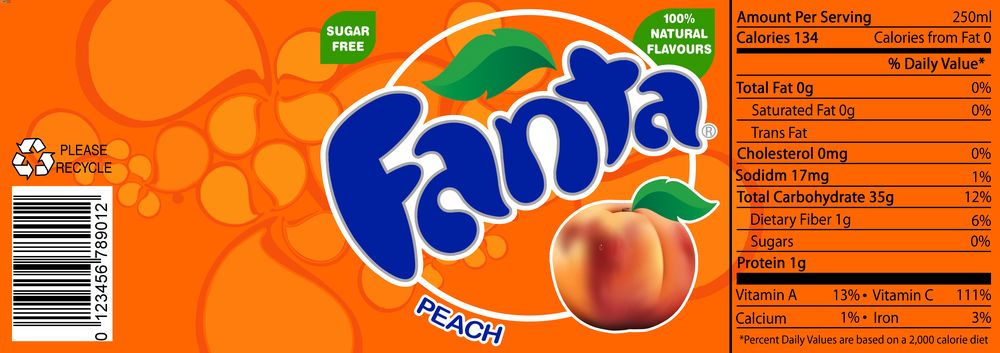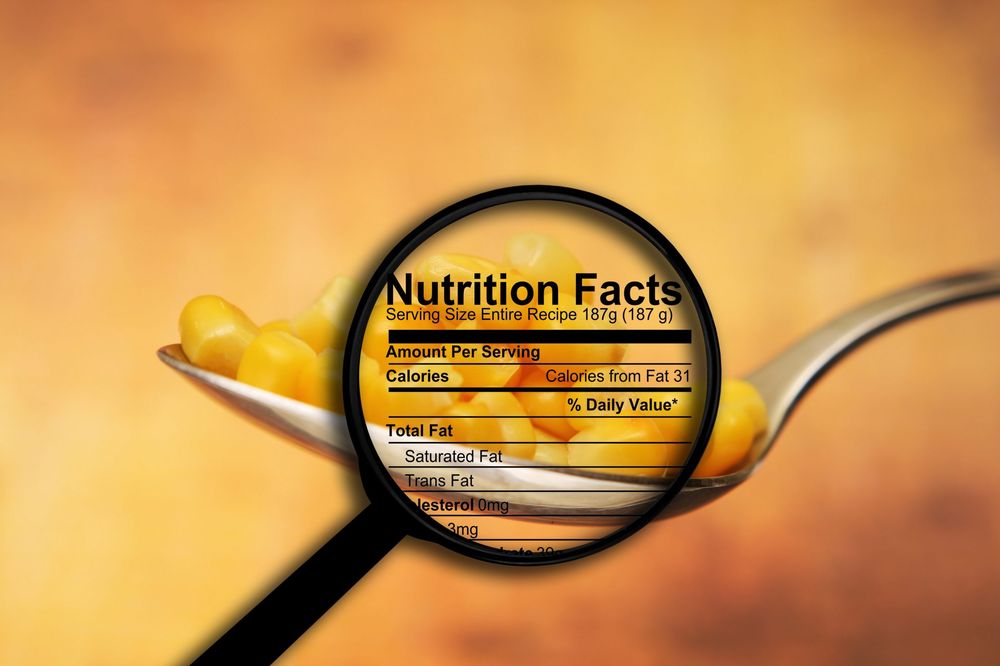
Wine labels might be able to help alert consumers to brands they haven’t been able to find.
Where the finest products along with everything you need for “do-it-yourself” label printing are just a click away.
Call Now: +1-866-299-0066 or Live Chat

Learn the food label requirements set forth by the US Food and Drug Administration (FDA) to ensure compliance with all regulations for food and beverage sales.
The US Food and Drug Administration (FDA) oversees the sale and distribution of food and beverages in the United States. Without the right information present on the food label, you won’t receive approval to sell your item.
That’s why compliance with food label requirements is so important. Here’s a short food labeling guide to help you prepare for compliant product labeling.
The FDA requires seven areas of information on food labels for legal sale of these goods. These items include the following information about the food product.

In addition to information about the product and what’s inside of it, you must include the following information about the food manufacturer.
Beverages also have some unique labeling requirements manufacturers and distributors should know about. Here are the additional regulations for beverage labels.

Failing to meet the food label requirements could mean that you don’t receive approval to begin distributing or selling your product. Or it could mean that your product doesn’t make it through customs if it is coming from overseas.
To ensure total compliance with all food labeling requirements, you should reference these helpful resources.
The FTC provides details on US legislation concerning food labeling requirements. You should review the Fair Packaging and Labeling Act and discuss the act with your legal partners before putting a food or beverage item out for sale.
The US Food and Drug Administration (FDA)
The FDA website serves as a helpful tool in understanding food label requirements.
The Food Safety and Inspection Service (FSIS)
FSIS is a part of the US Department of Agriculture (USDA). As the name implies, this department ensures that food is safe for consumers. The safety oversight includes both the product quality and the quality of the labeling and packaging. You’ll find the Labeling and Label Approval page from FSIS helpful in ensuring compliance with these laws and regulations.
Some foods are exempt from food label requirements. One example of this is food manufactured by small businesses. These are classified as businesses with annual gross sales of less than $500,000. In this case, you would not need to file your product with the FDA.
Another exception to this rule is food served at restaurants or delivered to a person’s home. Fresh produce and seafood do not have to include labels, which makes them exempt from food label regulations as well. Infant formula and infant food have different rules and regulations for labeling.
Spices and other foods that provide no significant nutrition do not require the same items to be placed on their labels. Foods shipped in bulk that will undergo additional processing and packaging have different regulations.
Some foods are not designed for individual unit sales. These items can list this on their unit packaging, while the outer packaging will need to comply with all other food labeling requirements.
Donated food does not have to meet food labeling requirements unless it is later offered for sale.
Medical foods and dietary supplements fall under different regulations for product labeling.
Before designing and printing food labels, you should discuss the matter with your company’s legal counsel to ensure full compliance. This article provides a brief overview, but each situation is unique.

Even if you have your food labels professionally designed you should also get them reviewed with a legal team to ensure the designer followed all requirements. Designers are often not experts in food label compliance and instead focus on making your labels aesthetically pleasing.
Once your labels are designed and compliant with all requirements, you can choose a label maker that will work well for printing your labels on demand. Doing this in-house can reduce expenses and waste as you’ll print based on demand and customer needs instead of printing and purchasing in bulk.
Further Reading: